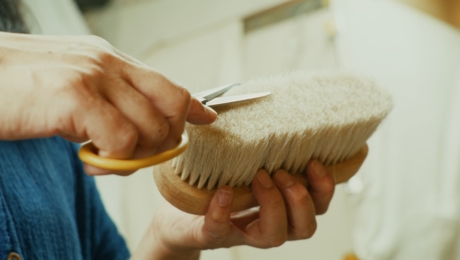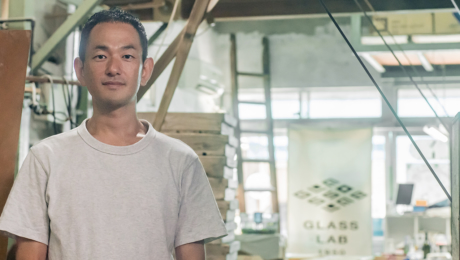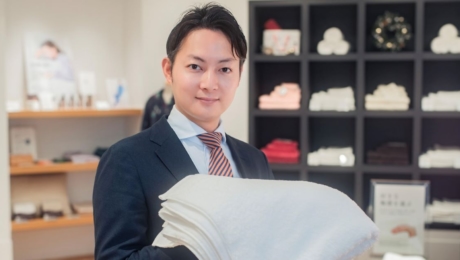
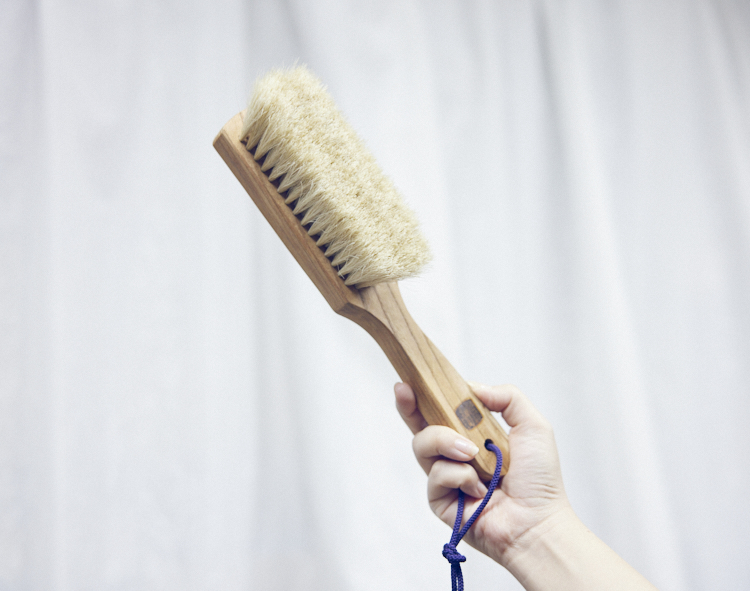
Handcrafted clothing brushes for careful maintenance: Keep your favorite garments clean and fresh always
2024.03.08
LIFE“Brushing coats and suits with a clothing brush not only removes dust but also aligns the fabric’s grain, reviving its inherent beauty. Similarly, for knits like sweaters and cardigans, brushing helps prevent pilling by straightening the fibers that have started to intertwine due to friction,” says Chieko Uno of Uno Brush Manufacturing.
Chieko Uno and her daughter Michiyo craft the “TokyoTeueBrush,” designated as a traditional craft of Tokyo. As the name suggests, it is a brush made by hand, with natural bristles meticulously planted.
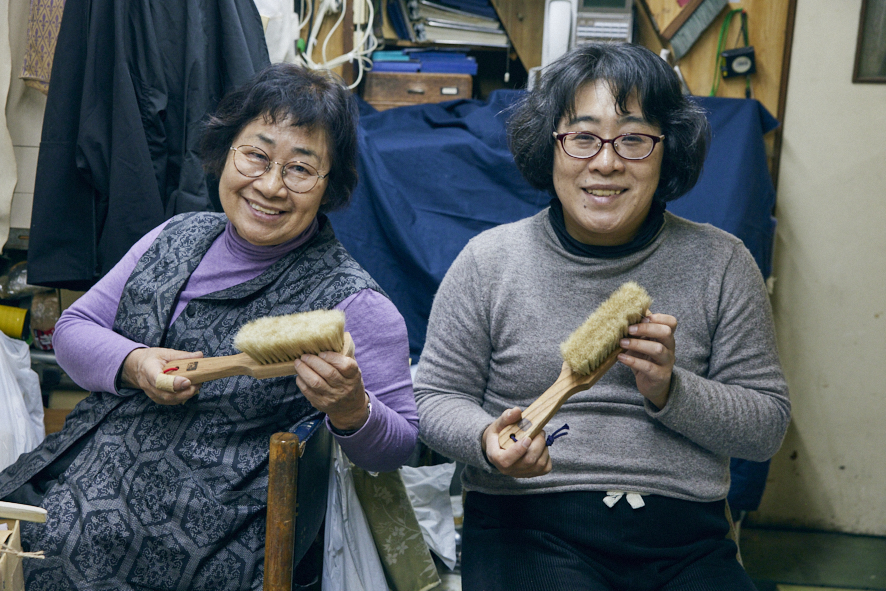
In Japan, brushes have been used for painting and cleaning since ancient times, and the introduction of “brushes” from the West is said to have occurred in the late Edo period. Eventually, following the example of French brushes, the first brushes in Japan began production around 1874 (Meiji 7). Initially known as “Western-style brushes,” their production was primarily led by traditional brush artisans. Subsequently, with the westernization of lifestyles and the development of industries, there was a growing demand for household and industrial brushes, leading to a flourishing brush manufacturing industry centered around Tokyo and Osaka. While mechanization advanced in the Kansai region, handcrafted production persisted strongly in Tokyo.
Uno Brush Manufacturing was founded in 1917 (Taisho 6). Initially focusing on brush production, they began making brushes in 1950 (Showa 25). Since then, from the second generation to Chieko Uno, the third generation, and now to Michiyo Uno, the fourth generation, the technology has been passed down. They continue to manufacture various brushes and bristles, including clothing brushes, body brushes, and shoe brushes. Especially, they continue to prioritize hand-planted brushes.
“The most challenging part of brush-making process is planting the bristles into the fabric,” says Chieko Uno. Taking an appropriate amount of bristles, folding them in half with stainless steel wire called “thread,” and then planting them one by one into each hole. Unlike machine planting, which plants bristles one by one using a single thread, hand-planted brushes are much sturdier and less likely to shed, making them a significant feature of Tokyo Teue Brushes.
Chieko Uno, with over 60 years of experience, and Michiyo Uno, with about 20 years, gather and plant the bristles solely by hand, without any measurements, passing the “thread” through the holes and planting them continuously. Their years of experience allow them to gauge the appropriate amount of bristles solely by touch. The natural bristles used for clothing brushes include those from horses, pigs, and goats. Since the hardness and oil content vary, they carefully select the most suitable material for each type of brush and scrutinize the density of holes drilled into the wood.
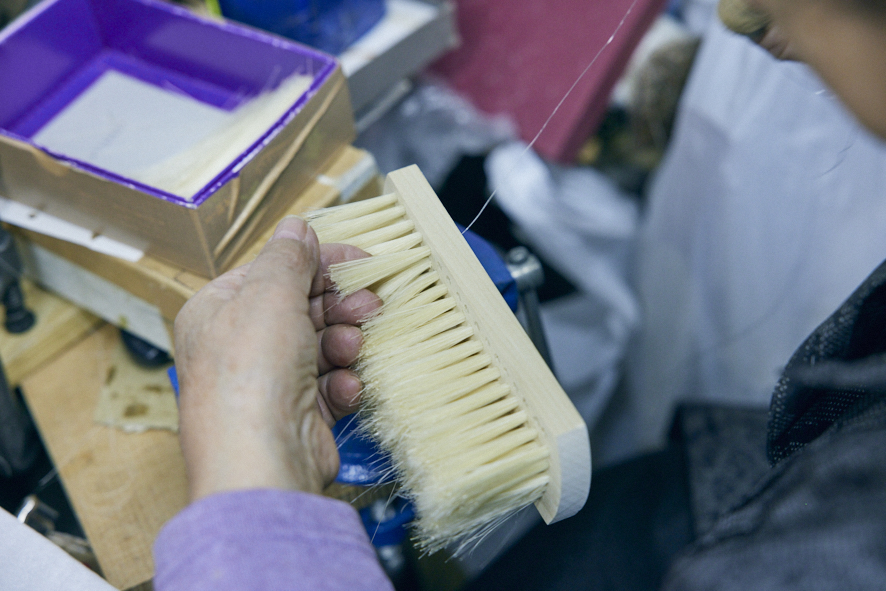
“Even with the same clothing brush, there are various types depending on the bristle material, so it’s best to choose a brush that suits the material of the garment you are caring for. By selecting the most appropriate one, you can brush without putting strain on the fabric,” says Michiyo Uno.
“For delicate materials like cashmere and silk, the soft yet resilient fine hair from the tails of horses is particularly suitable. It provides both softness and firmness, effectively removing dust without damaging delicate fabrics. For cotton or nylon, we recommend black horsehair, while for suede, black pig bristles are recommended.”
I was taught the proper way to brush using hand-planted clothing brushes.
“First, place the brush perpendicular to the fabric of the garment or knitwear. This is crucial. Then, move the brush against the grain of the fibers to dislodge dust. Next, brush along the grain to sweep away the dislodged dust. Finally, brush along the grain again to align the fibers. That’s it,” says Michiyo Uno.
“I have been caring for clothes with hand-planted brushes for many years. For sweaters, after hand washing and drying, brushing aligns the fibers, allowing you to wear them looking pristine without relying on dry cleaning,” adds Chieko Uno. Additionally, lightly brushing areas where shoulder bags or backpacks rub against clothes during daily outings upon returning home can help restore the fabric’s texture.
“Removing dust and aligning the fibers. By continuing such daily care, you can maintain the texture of your favorite garments and use them for a long time without losing their appeal,” says Michiyo Uno.
Tokyo Teue Brushes, born from skilled handcrafting, allow Chieko and Michiyo Uno to select the ideal natural bristles for clothing, ensuring durability without damaging the fabric. It’s highly recommended for keeping your cherished garments in pristine condition for continued use.
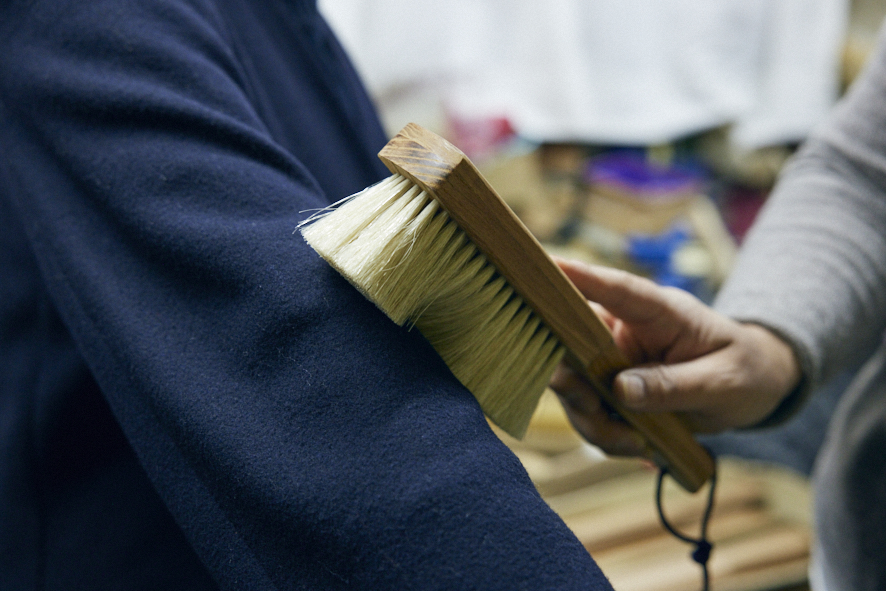
PROJECT


